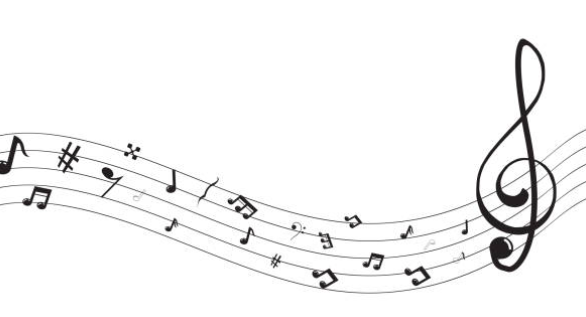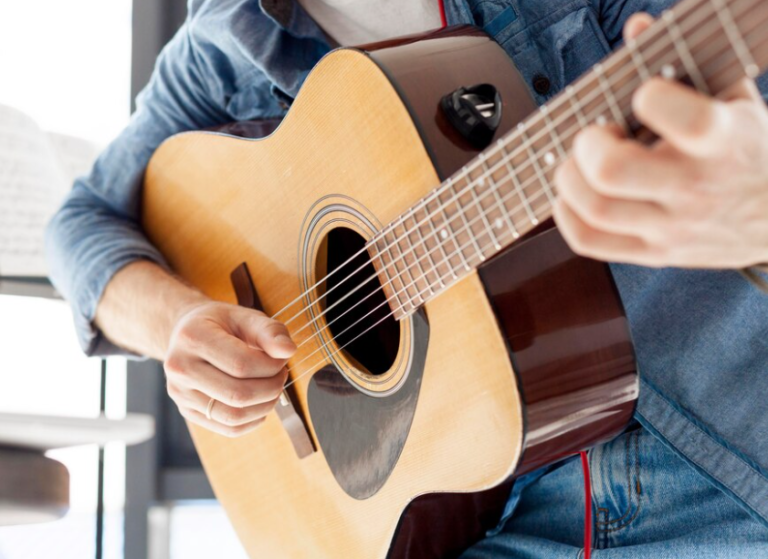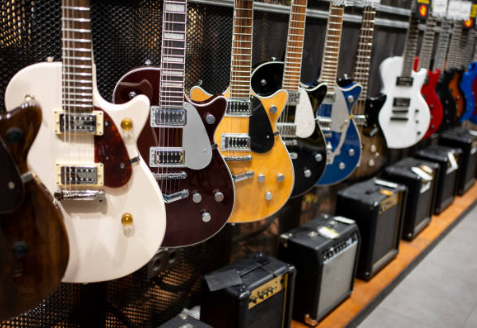Melodic Minor Scale: Why Jazz Musicians Love it?

The melodic minor scale is a powerful and versatile tool in a musician’s arsenal, particularly for jazz players. Unlike the natural minor and harmonic minor scales, the melodic minor has a unique structure that makes it incredibly useful for improvisation, chord voicings, and harmonic flexibility.
But what makes the melodic minor scale so special? Let’s dive into its construction, explore its ascending and descending variations, and understand why jazz musicians love using it.
Understanding the Melodic Minor Scale
The melodic minor scale is similar to the natural minor scale, but with a twist: it raises both the 6th and 7th degrees by a half step when ascending. This gives it a more “major-like” sound while still retaining a minor tonality.
Melodic Minor Scale Formula:
- Ascending: 1 – 2 – b3 – 4 – 5 – 6 – 7 – 8
- Descending: 8 – b7 – b6 – 5 – 4 – b3 – 2 – 1 (often played as the natural minor scale)
For example, in A melodic minor:
- Ascending: A – B – C – D – E – F# – G# – A
- Descending: A – G – F – E – D – C – B – A (which is identical to A natural minor)
The Dual Nature: Ascending vs. Descending
Ascending Melodic Minor
The raised 6th and 7th degrees make the scale sound smooth and connected, preventing the awkward augmented second interval found in the harmonic minor scale. This is why it is often used for melodic lines and improvisation in jazz and classical music.
Descending Melodic Minor
Traditionally, classical music treats the descending version of the melodic minor as identical to the natural minor scale (reverting the raised 6th and 7th degrees back to their original form). However, in jazz and modern music, players frequently use the ascending form in both directions.
Jazz musicians, in particular, embrace the full melodic minor scale (using the same form both up and down), as it creates a richer harmonic palette.
Why Jazz Musicians Love the Melodic Minor Scale
1. Expands Harmonic Possibilities
The melodic minor scale generates some of the most colorful chords in jazz. When harmonized, it creates dominant and altered chords that are essential for jazz progressions.
For example, the 5th mode of the melodic minor scale (the Mixolydian b6 mode) is commonly used over dominant chords with altered extensions, like G7(#9, b13).
2. Provides Unique Tensions for Improvisation
The altered scale (derived from the melodic minor scale’s 7th mode) is a favorite tool for jazz improvisers. This scale provides chromatic tensions that resolve beautifully over dominant chords.
For example, using A melodic minor over an E7 chord (which is the dominant V chord in A minor) introduces sharp and flat alterations (E7#9, E7b9, E7#5, etc.), making solos sound sophisticated and expressive.
3. Used in Modal Jazz and Fusion
Many jazz musicians use melodic minor modes, such as:
- Lydian Dominant (4th mode): Perfect for playing over dominant chords in non-resolving situations.
- Super Locrian / Altered Scale (7th mode): A go-to scale for improvising over altered dominant chords.
These modes help jazz musicians craft modern, outside-the-box melodies and harmonies, giving them a distinct, sophisticated sound.
Practical Ways to Use the Melodic Minor Scale
- Learn the scale in all 12 keys: Start with the major scale of the same root note and lower the 3rd. Play it ascending and descending using consistent fingerings.
- Apply it over minor chords: Use A melodic minor over Am(maj7) chords for a rich, smooth minor sound.
- Use the altered scale over dominant chords: For example, use B melodic minor over a C7 chord for a tension-filled altered dominant sound.
- Experiment with chord voicings: Play melodic minor-derived chords such as maj7(#5) or m7(9,11) to add jazz flavor to your playing.
- Improvise using melodic minor modes: Practice improvising over ii-V-I progressions using melodic minor substitutions.
Wrap-Up
The melodic minor scale is a must-know for any jazz guitarist or musician looking to add depth and complexity to their playing. Its ability to create smooth melodic lines, altered tensions, and sophisticated harmonies makes it a favorite among jazz musicians.
If you’re just getting started, practice the scale in all 12 keys, apply it to chords and solos, and experiment with its modes. Before long, you’ll see why this scale is such a powerful tool in jazz improvisation and composition.
Want to dive deeper into jazz guitar? Stay tuned for more lessons on improvisation, modes, and chord voicings.
Interested in taking your guitar skills to the next level? Click the below and book a free lesson with us! We’re committed to helping you express yourself freely on the guitar without endless scales and theory. Happy playing!
Author: Daniel Powers Jr, the founder of Real Brave™, serves as the chief inspiration to thousands of students in the Real Brave music instruction program. He’s also the visionary behind PracticePad™, an online platform for live one-on-one online music lessons, lesson tracking, and scheduling. Beyond his entrepreneurial pursuits, Daniel leads a non-profit organization that provides formerly homeless children with access to music education, making a profound impact on their lives. His unwavering dedication to music, innovation, and education continues to inspire individuals to reach their fullest potential while creating positive change in communities. Follow Real Brave on all the socials:
youtube.com/@realbraveinc
twitter.com/realbraveinc
https://www.tiktok.com/@realbraveinc
instagram.com/realbraveaudio
facebook.com/realbraveinc






